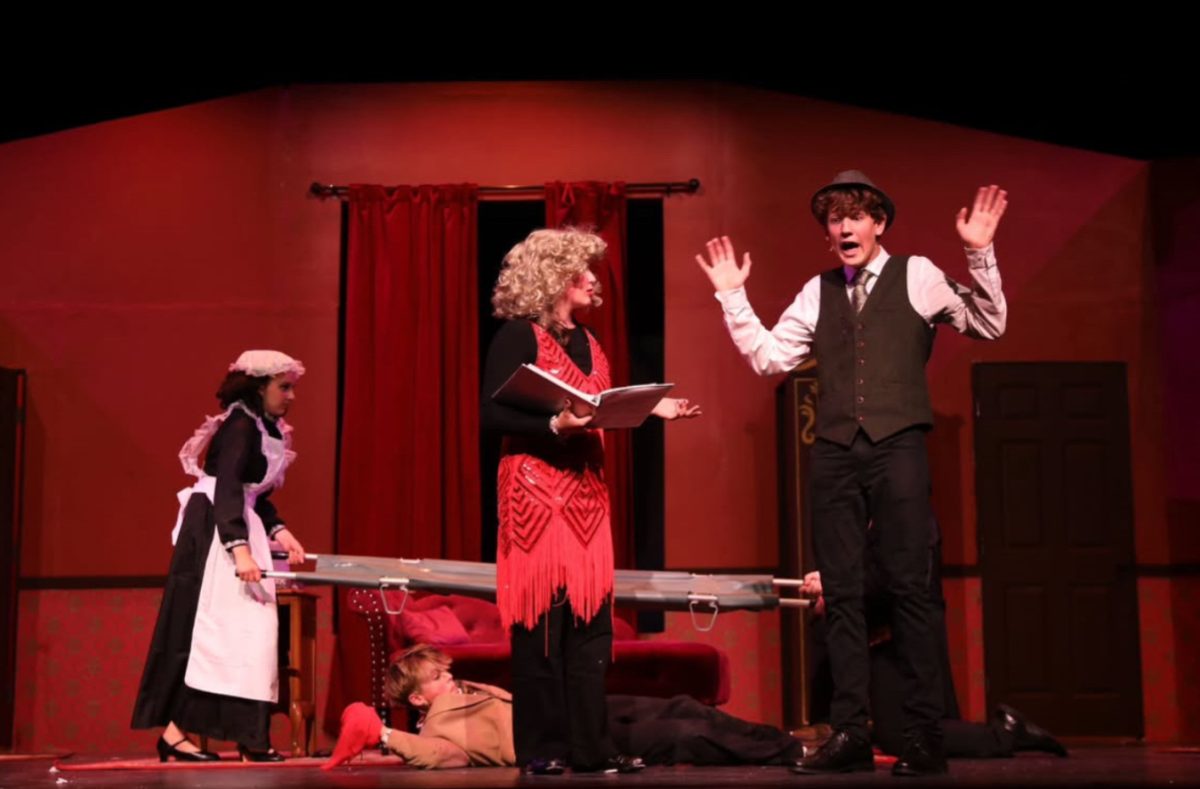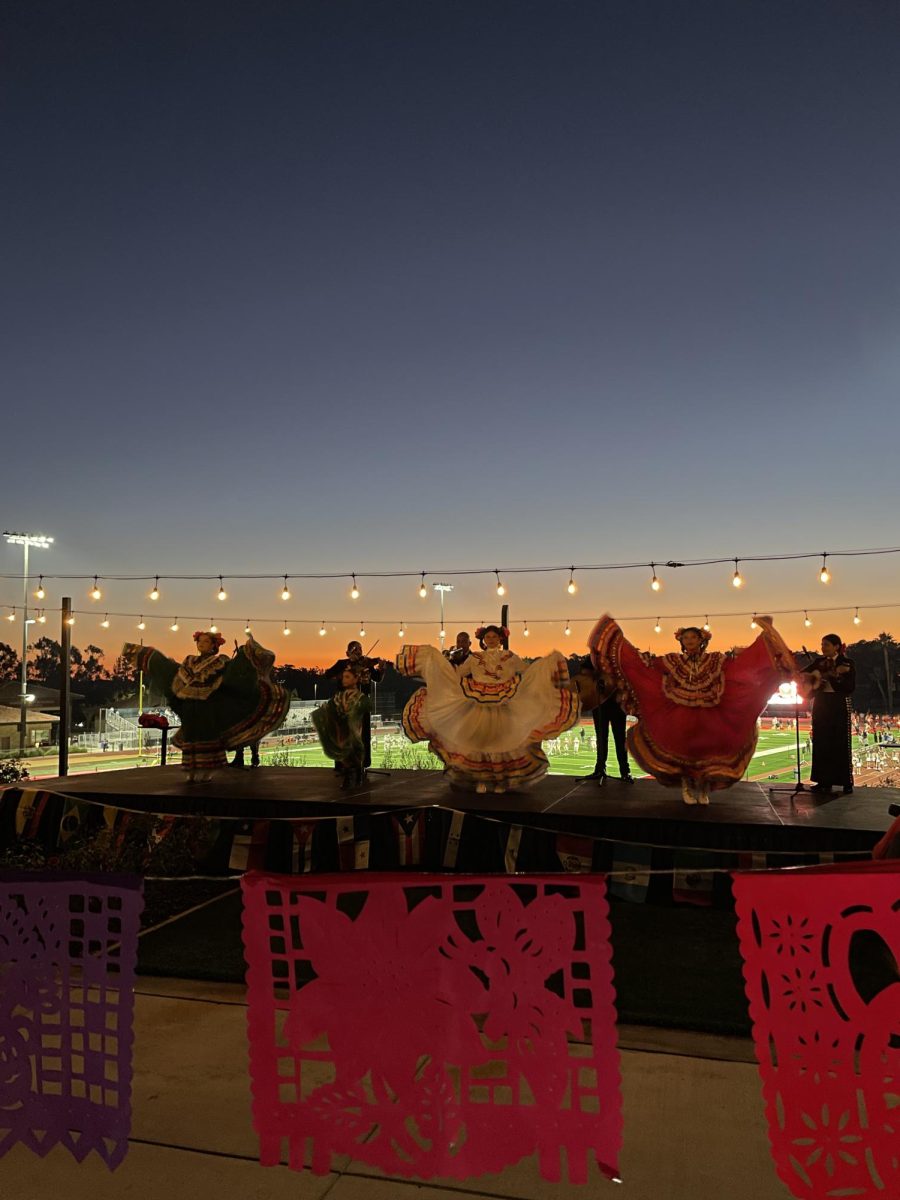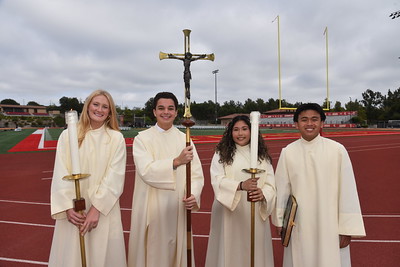CCHS students and faculty sing praises of art and music education

CCHS art students Olivia Staser ’16 (right) and Madeleine Moreau ’18 display their artistic chops Duke Kahanamoku-style.
December 17, 2015
Arts education communities across America celebrated last Thursday as President Barack Obama signed into law the reauthorization of the Elementary and Secondary Education Act. This act, now known as the Every Student Succeeds Act (ESSA), particularly interests arts educators and students as art and music became officially recognized as part of a well-rounded education.
“Personally, I hope this new definition shifts the perception that some subjects are more important than others,” Ms. Sylvia Wiedmann, AP Art History and Studio Art teacher, said.
The Every Student Succeeds Act does away with the term “core subjects”, in favor of the phrase “well-rounded education”, which now includes art and music. This allows art and music education programs throughout the country to receive financial support through Title 1 Funds and grants. While this recognition for arts as part of an ideal curriculum and eligibility for financial support is huge, the Cathedral Catholic High School arts community is choosing to view this victory as a platform for calling to attention the many benefits of an arts education.
“I love that art is going to be recognized as part of a well-rounded education,” Katrina Acebedo ’16 said. “Taking classes like art and music helps students express their creativity in ways that math or a foreign language classes can’t.”
Though many students may not realize it, taking courses in the arts can actually lead to higher SAT scores and achievement in math. For example, an analysis conducted by collegeboard.org found that students enrolled in arts courses “outperformed their non-arts peers by an average of 100 points” on the SAT. Numerous studies have not only shown time and time again that art and music education can advance literacy and math skills, but also improve the general school work ethic of students. The President’s Committee on the Arts and Humanities found that in 2011 students who study art are 4 times more likely to be recognized for academic achievement and 3 times more likely to be awarded for school attendance.
“Artistic experiences provide unique skillsets that can apply to the bigger picture in impactful ways,” Ms. Jessica Swift, Director of Music, said. “In musical ensembles, we regularly practice discipline, teamwork, problem solving, critical thinking, and creativity”.
Though CCHS students are required to take courses in either visual or performing arts, many see their art or music classes as creative experiences. For these students, taking an arts course is less about graduation requirements and more about exploring their creative abilities.
“I love my art class because I get to try out so many different ways of expressing myself,” Spenser Yousko ’19 said.
For arts educators, the ESSA is an exciting move towards more recognition for their programs. As a whole, the CCHS Visual and Performing Arts Department sees this advancement for arts education as aiding in its mission to improving students confidence and embodiment of what it means to be a well-rounded student.
“Creating art and music is a form of communication from a deeper, more personal level,” Ms. Wiedmann said. “This in turn will help nurture a stronger, more trusting and confident sense of self. Seeing this happen with my students is by far the best part of my job”.





















































